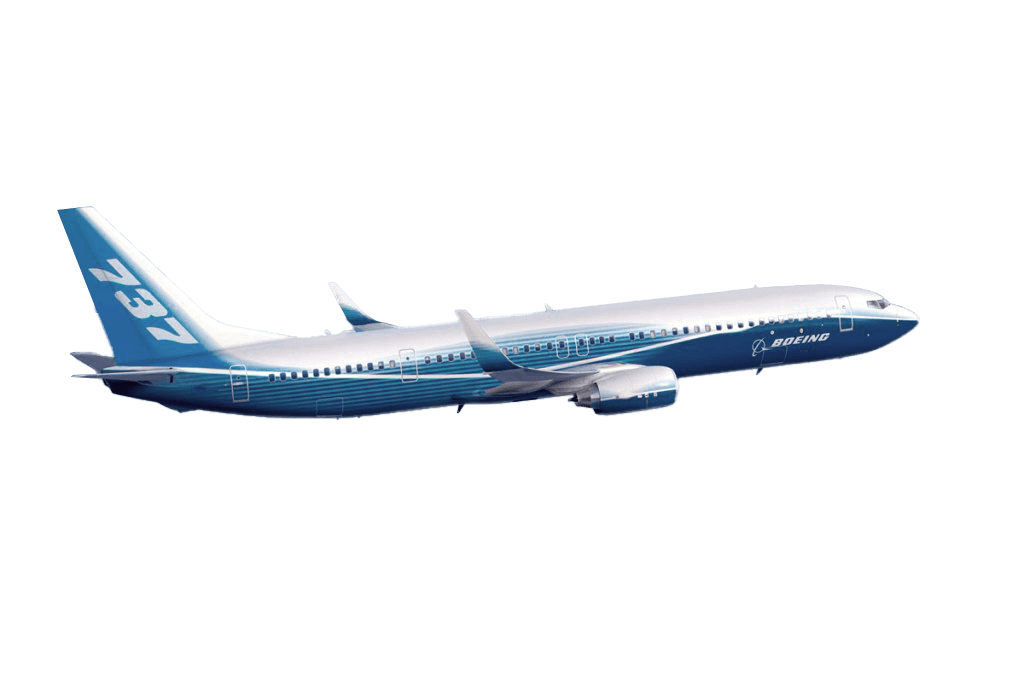OUR FLEET
Sirius Aviation Capital has an investment strategy designed to maximise investors’ risk adjusted returns. Our primary acquisition focus is 8-12 year old A320 Ceo family and B737 NG aircraft types

Aircraft Type ProfileB737-800
The B737-800 is by far the most successful member of the B737 NG aircraft family. It has room for two more seat-rows than the A320 giving it a potential revenue advantage and lower seat-mile costs. Its operator base is the most diversified of any aircraft type other than the A320-200 and its ability to secure additional diversification is limited by Boeing’s success in selling very large numbers of the type to operators such as Ryanair. The B737-800 has seen little seat densification over time because its sales to low-cost airlines have been consistent since its entry into service. Its backlog was largely eliminated by the end of 2019 as the type reached the end of its production life. However the production of this type was very back-ended and there have been very few retirements to date despite entry into service over 20 years ago. The B737-800 has already had a significant number of freighter conversions and is expected to largely replace the existing B737 Classic freighter fleet.
Key Characteristics
Single-Aisle
171
4,936
CFM56-7B
5,400
Total in Airline Operation
4,835 Passenger, 51 Freight
162
47.2
194
Single-Aisle
CFM56-7B
162
171
5,400
47.2
4,936
Total in Airline Operation
4,835 Passenger, 51 Freight
194

Aircraft Type ProfileB737-700
The B737-700 is a shrink of the baseline B737-800, designed to serve thinner routes where a larger aircraft is not required. Its direct competitor is the A319-100 which is very similar in size. Its user base is highly concentrated with Southwest accounting for over half the fleet. The B737-700 has seen little seat densification over time because its sales to low-cost airlines have been consistent since its entry into service. Its peak production years were much earlier than for the B737-800 and there have been higher retirements to date on a pro-rata basis. The much-reduced deliveries in the 2010s reflected a general move in airline preferences towards larger aircraft with lower operating costs per seat. The B737-700’s retirement rate is partly a function of reduced airline demand, but also reflects its higher break-up value relative to its market value - engines and other key components have very similar values across an aircraft family irrespective of the size of the aircraft type.
Key Characteristics
Single-Aisle
141
1,121
CFM56-7B
6,040
Total in Airline Operation
985 Passenger, 11 Freight
126
40.6
66
Single-Aisle
CFM56-7B
126
141
6,040
40.6
1,121
Total in Airline Operation
985 Passenger, 11 Freight
66

Aircraft Type ProfileA320-200
The A320-200 is the baseline version of one of the very successful A320 CEO family. Although prior variants entered service in 1988 our type definition only includes those variants that entered service from 1993 with more advanced engines. The A320-200’s operator base is very diversified, with the largest users only accounting for c. 3% each. The A320-200 has seen a significant increase in seat density, driven by new cabin layout options provided by Airbus and by an increase in the percentage of the A320-200 fleet operated by low-cost airlines. The A320-200 backlog was largely eliminated by the end of 2019 as the type reached the end of its production life. However, the Fleet Movements History chart shows that the production of this type was very back-ended and there have been very few retirements to date despite entry into service nearly 30 years ago.
Key Characteristics
Single-Aisle
163
4,206
CFM56-7B, V2500-A5
5,550
Total in Airline Operation
4,022 Passenger
150
44.6
223
Single-Aisle
CFM56-7B, V2500-A5
150
163
5,550
44.6
4,206
Total in Airline Operation
4,022 Passenger
223